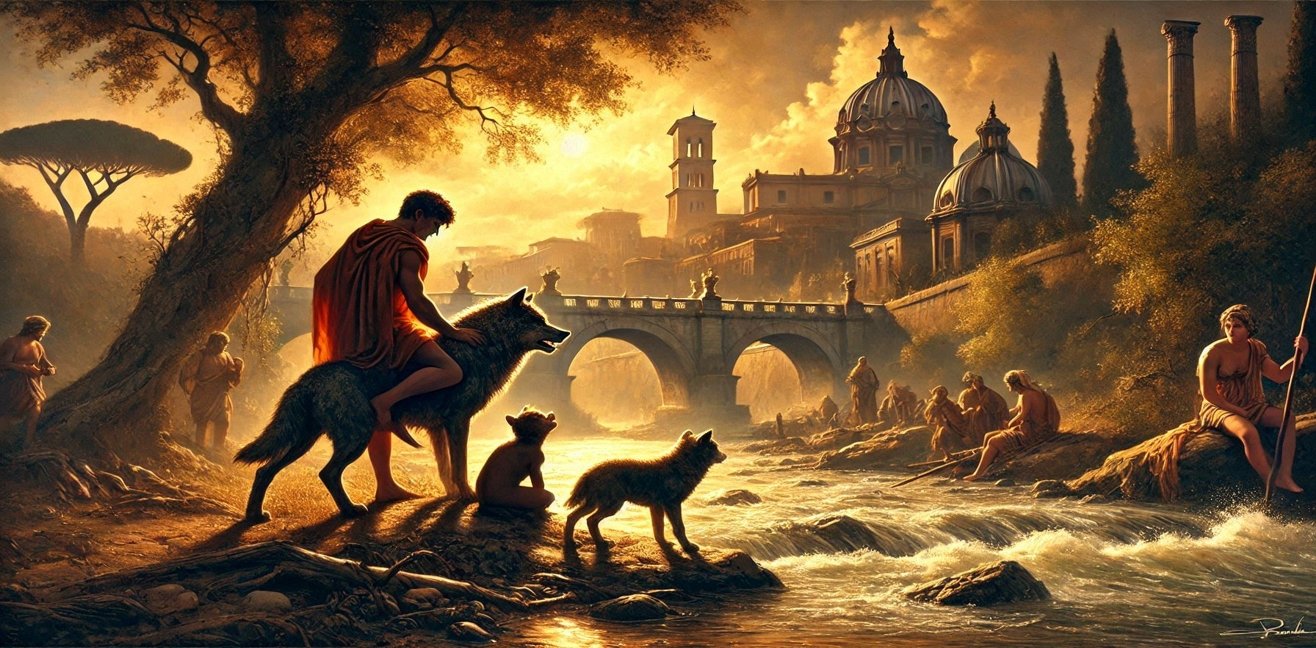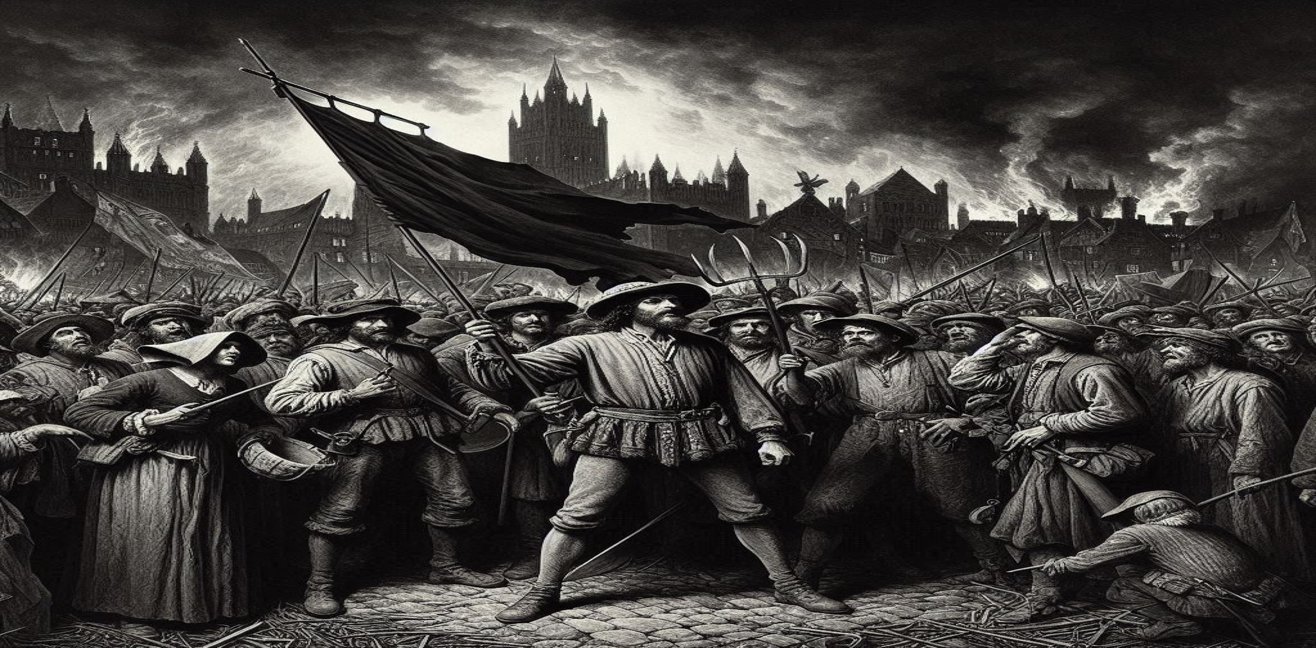Human history is filled with myths and legends. These myths shape the origins and identity of a community or civilization. The legend of Rome’s foundation is one of these, and the date April 21, 753 BC, is considered the time when the foundations of Rome were laid according to the myth.
The story of Romulus and Remus lies at the heart of the legendary foundation of Rome. These two brothers are known as the legendary founders of Rome, and it is believed that they founded a city in the region of Latium, along the banks of the Tiber River. However, the story is even more complex.
According to the myth, Romulus and Remus are the sons of Mars, a god who is not human. Their mother is Rhea Silvia, a Latin princess. However, Rhea Silvia, because she bore children by Mars, is exiled by a king named Amulius, who acts out of jealousy, and the twins are abandoned by the Tiber River. They are saved by the river and raised by a she-wolf. Later, as Romulus and Remus grow into adulthood, they decide to found their own city.
However, they disagree on where to build the city. Romulus builds a city on the Palatine Hill and kills Remus in a mocking manner when he tries to leap over the city’s walls. Romulus names the city Rome, and this event becomes a symbolic part of Rome’s foundation.
This legendary story of Rome’s foundation is deeply connected to the rise of the Roman Empire and its influence on world history. Rome is considered one of the foundations of Western civilization, and the Roman Empire ruled vast regions of Europe, the Middle East, and North Africa throughout history. The legendary foundation of Rome by Romulus and Remus has become a symbol of the city’s power and influence.
Today, remembering the legendary foundation of Rome allows us to reflect on humanity’s past and origins. This legendary story is one of the cornerstones of humanity’s cultural heritage and helps us understand the role Rome played throughout history. The legendary tale of Romulus and Remus serves as a reminder that makes us think about humanity’s past and identity.




